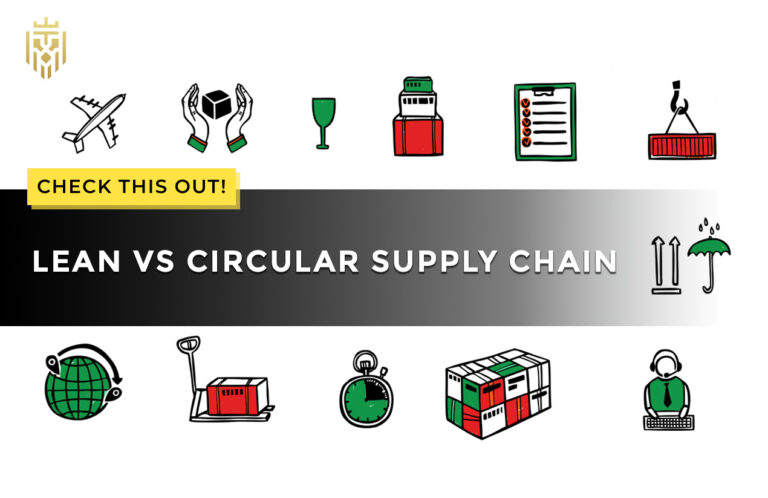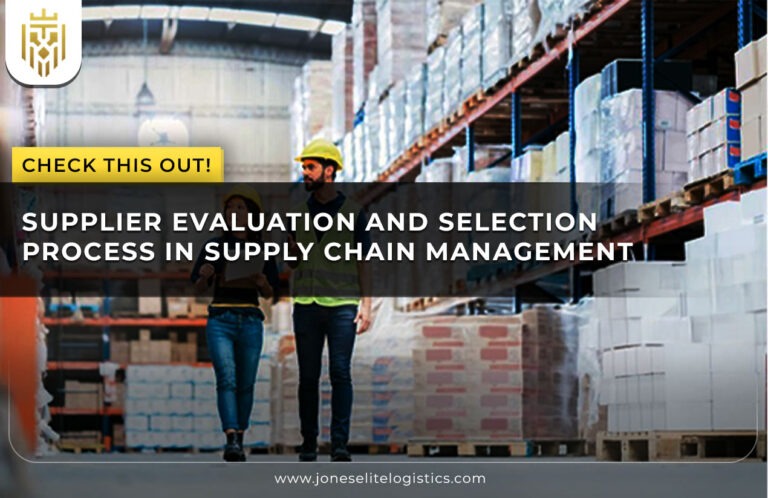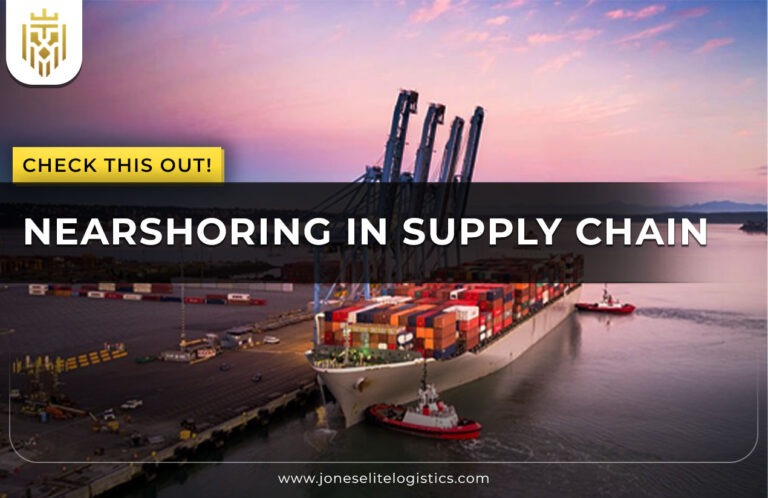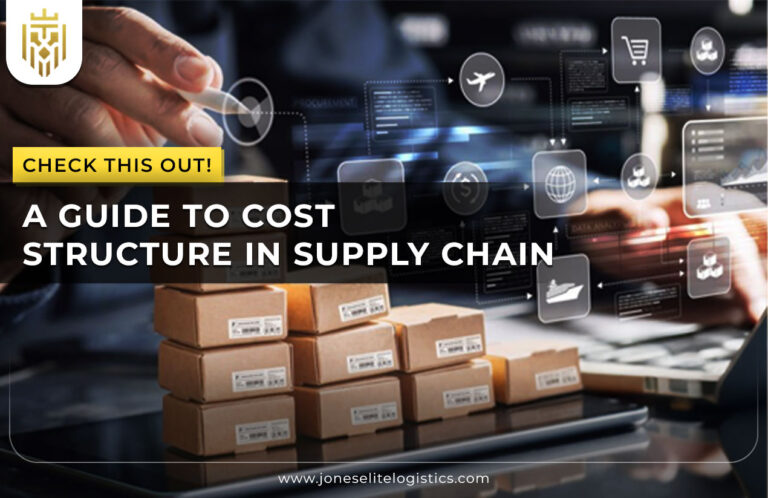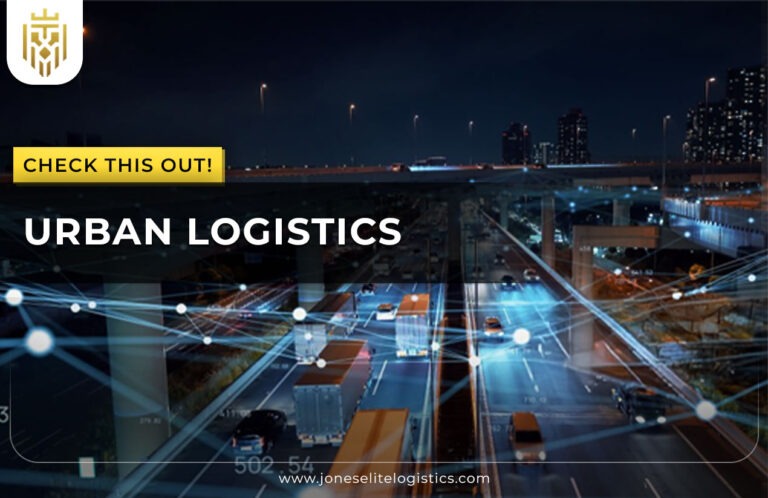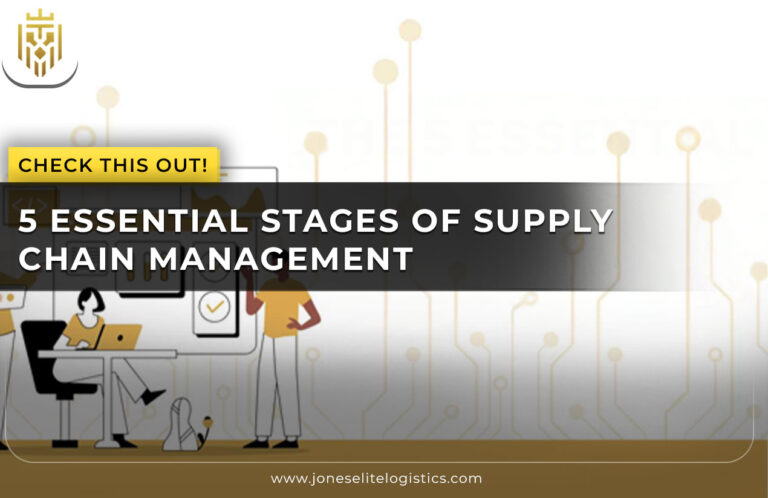Shipping and Logistics:
Shipping and logistics are the central components of the global economy as these provide the means for the transportation of commodities across borders and countries. It is one of the multifaceted processes involving systems, technologies, and professionals with the overall goal of efficiently delivering products to their destinations.
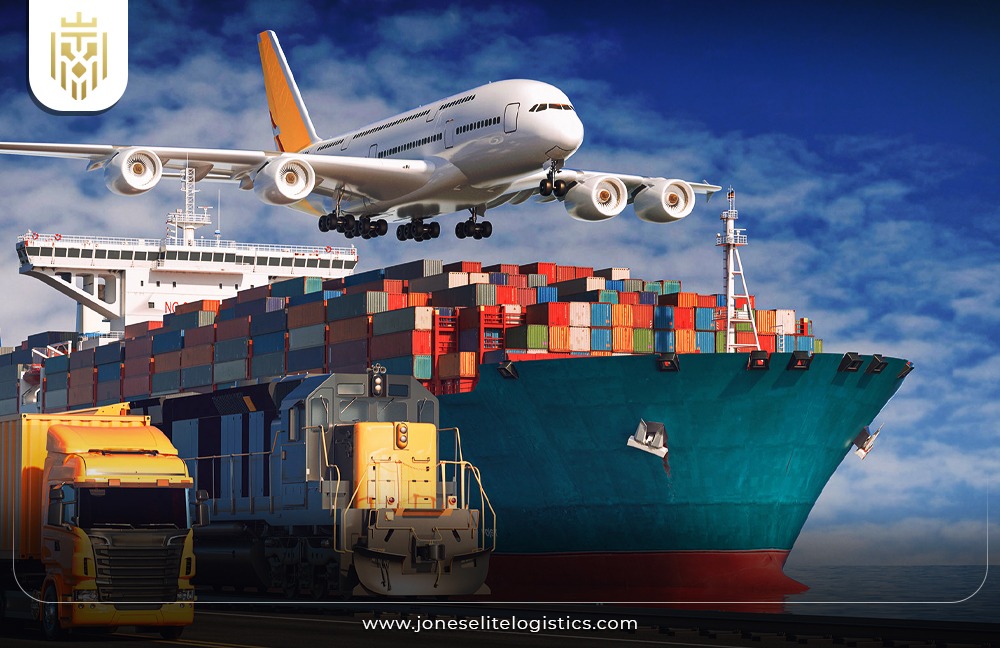
What is shipping and logistics?
Shipping concerns the actual transportation of goods from one place to another by means of different transportation like ships, planes, vehicles, or railcars. On the other hand, logistics is the delicate operation of these movements and goes a step further by including aspects such as stock management, storage, order handling, and delivery.
Importance of shipping and logistics:
In the contemporary environment characterized by globalization and supply chain management, shipment, and logistics are critical for company performance to satisfy consumer demands and remain relevant in the competitive market. To enhance the profitability of a business and ensure customer satisfaction, it is important to deliver the products on time, possess an efficient supply chain, and have good control over the inventory of the products.
What is the difference between shipping and logistics?
There is a basic difference between shipping since it only concentrates on the conveyance part while logistics is a process with wider coverage. Logistics entails the identification of transport frameworks, inventory disposition, interaction with supply and distribution networks and complications, and even contingencies requiring correction to guarantee the delivery of goods in the right quantity, at the right time, and in the correct state.

Challenges of shipping and logistics:
It is important to understand that the shipping and logistics industry has its fair share of challenges that could affect business differently. Among them, we can identify increased transportation costs, inadequate supply of skilled drivers, the never-ending demands of customers, and protection risks threatening the cargo.
Transportation Costs:
Fuel costs have an impact on their transportation activities due to fluctuating fuel prices, legal requirements, and physical facilities. Changes in these variables do affect the bottom line as shown in the following research studies thus the need for major companies to come up with ways and means of managing the risk and undue expenses on such variables.
Driver Shortage:
Infrastructural issues currently facing the industry include the shortage of skilled drivers to meet the market demand and effectively transport goods which have resulted in capacity constraints, and raising freight rates. Measures that companies are taking to cope with this challenge include conducting research studies to enhance driver education, incorporating technologies to increase driver productivity, and considering nontraditional transportation options including self-driving cars.
Meeting Customer Satisfaction:
Customer satisfaction is therefore the question of business ensuring that it delivers beyond expectations or at least up to expectations in the delivery time, quality of the product, and quality of services. This can only be done with proper logistics that involve order handling, inventory handling among others, and client support.
Damaged Goods During Transit:
Products can get destroyed during transportation through different explanations like poor packaging, extreme handling, or unfavorable climate. To reduce the likelihood of damage, it is necessary to adhere to correct packaging measures, use appropriate vehicles and transport appropriately needed equipment as well as constantly oversee the entire handling process of the goods.
Practices in shipping and logistics:
In the field of shipping and logistics, it is crucial to establish and apply the standards and best practices for the organization’s proper functioning and efficiency. This way, applying innovation in operations and following up with the industry’s trends helps organizations improve their competitiveness levels and satisfy customers’ and stakeholders’ demands, respectively.
Save Time Through Automation:
Automations eliminate unnecessary human intervention, especially in terms of checking and entering orders, and help reduce errors in records such as stock. Applying WMS and TMS in practice means automation of processes, speeding up various activities, and the toughest optimization.
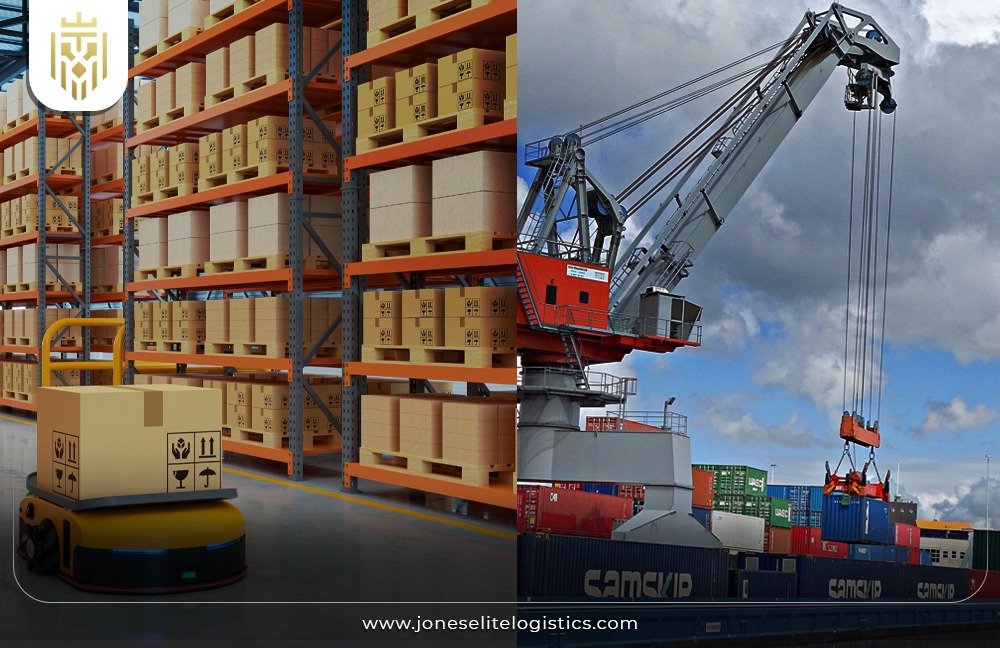
Prioritize Flexibility:
For those who operate in a competitive environment, adaptability becomes an essential factor, one that can make or break the company. In this way, companies are able to cut costs and increase their reaction speed to new customer needs, changes in trends, and any other active or passive disturbances that may occur. This entails keeping transport routes as versatile as possible, warehousing as dynamic as possible, and supply chains as versatile as possible.
Risk Management:
Risk management is part of supply chain management that entails the identification of various risks and the evaluation of their impacts such as natural calamities, instability of nation, or interruption by suppliers. This may involve discouraging reliance on single supplies, developing backup scenarios, and purchasing insurance.
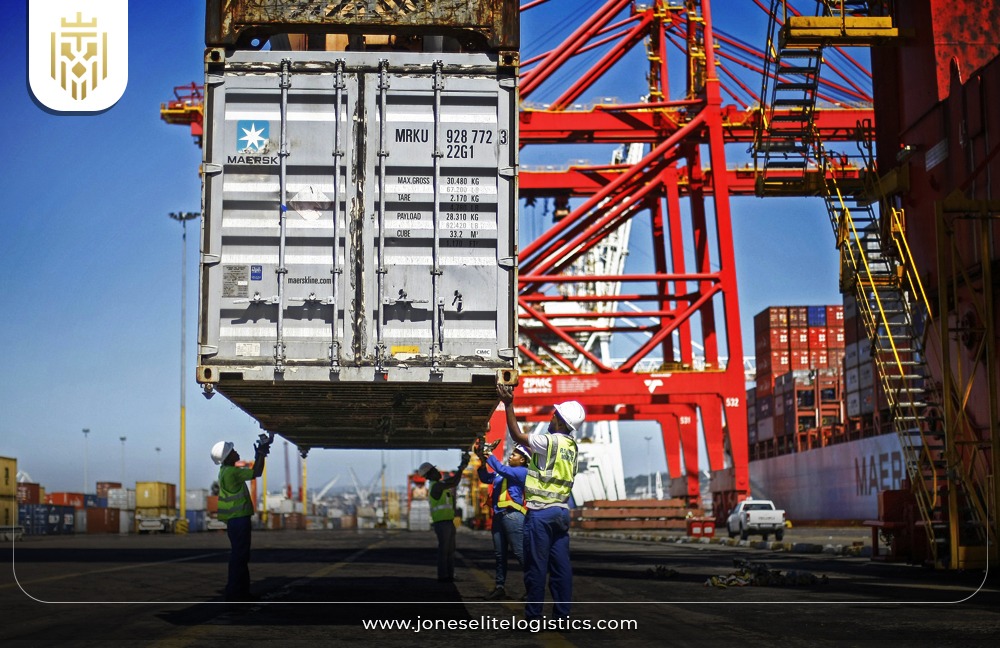
Data Insights:
This is equally important in the sense that it is useful to get information from data analysis that will help in identifying the extent of supply chain management efficiency, customer dealings, and trends. Data collected from the source such as IoT devices or ERP, as well as customer feedback and qualitatively or quantitatively created, can help inform decisions, refine processes, and identify opportunities for optimization.
Compliances with International Regulations:
Most of the countries around the world abide by some form of international rules of business and therefore it is important for a firm to follow these rules to avoid hitches in the export or import of its products. This includes availability with consular formalities, trade laws, and standard measures. In addition to improving the clearance of goods, strong compliance measures also reduce the chance of delays or penalties and help organizations develop a stronger image worldwide.
How can you optimize your shipping process?
Initial steps include making sure that procedures such as order picking and loading and unloading of goods are standardized to enhance efficiency, incorporating technology tools to automate procedures, and data analysis. Whenever the regulation is put into practice, this is the best practice that should be extended to suit the specific needs of the business. Optimisation of inventory reduces the cost of storage and ensures that severe stock is avoided.
Create Your Shipping Regulation:
Hire a specialist to create a detailed shipping regulation that corresponds with particular business needs including, packaging, forms of shipping, time-frame for delivery, and compliance. It will keep consistent procedures of all operations with an aim of standardizing the plans in an organization as well as improving the quality.
Inventory Management:
As far as the process of sending and receiving goods in the shortest possible time is concerned, it is important to maintain proper stocks. Use mechanisms to inventory stocks in order to have a feel of the levels of stock to avoid situations where a certain product is overstocked or on the other hand there is a stock out. Ensure that there is a continuous analysis of inventory data so that you can be able to see the current trends and order and also check on the costs of holding inventory.
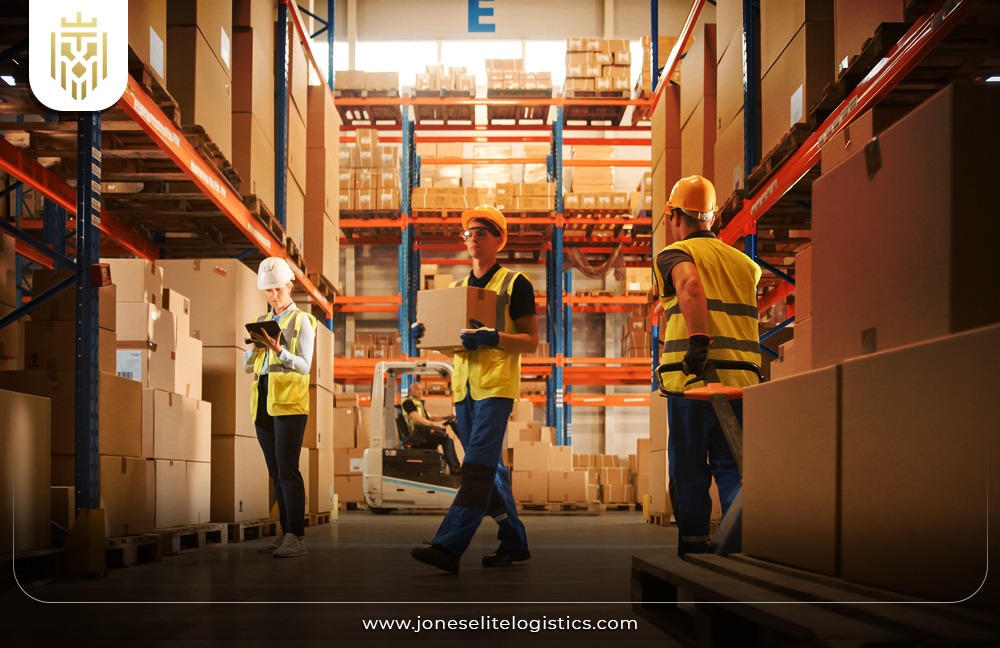
Selecting the Optimal Carrier:
Select the available transportation companies, which perhaps include the following aspects: reliability, cost, delivery time, and service area. It is also important to undertake research and carry out an assessment of carrier performance indicators to identify and secure suitable carriers for shipping requirements. Found deals that will hook the most ideal rates and terms as suited to the organization’s goals.
Enable Multiple Locations:
Ensure there are different shipping destinations because it may take less time and resources compared to the original shipping point. Disadvantages include, within its warehouse management system, inventory is distributed across several warehouses or fulfillment centers resulting in faster order fulfillment leading to increased customer satisfaction resulting from shorter delivery lead times.
Send Real Time Notification:
Introduce notification solutions to ensure customers are informed as soon as their item is en route, the means of transport used, estimated time of arrival, and any possible inconvenience. Such information, when provided adequately and on time, minimizes the extent to which customers will consult the organization, thereby increasing the level of confidence that everyone will have in the organization’s shipping and logistics services.
How to optimize your shipping and logistics services with Jones Elite Logistics?
With Jones Elite Logistics, this aspect of supply chain and distribution means maximizing their advice, connections, and technology resources. Incorporate tight cooperation with Jones Elite Logistics to design and implement shipping policies most suitable for your business through the adoption of the best industry practices to help minimize costs. With their coverage of carrier networks, ROIs can help to determine the best solutions to transportation problems, increase supply chain transparency, and optimize outcomes in terms of efficiency and customer satisfaction.
FAQs
1) Are Logistics and Shipping different?
It is crucial to understand that logistics and shipping are entities that are not similar. Shipping can be defined as a specific sub-process of logistics because it deals only with the physical movement of goods from one location to another, whereas logistics is a much broader concept that comprises planning, management, and coordination of the entire flow of goods.
2) What is logistics and shipping?
Logistics aims at the overall management of the whole supply chain right from purchasing through production, storage, and finally dispensing. Transport is the actual movement of commodities from one location to the other through several means of transport like sea, air, or road transport.
3) What is the difference between shipment and logistics?
Shipment on the other hand is the physical transfer of goods from one location to another while logistics focuses on different activities within the chain and it includes transportation, storing, and stocking.
4) What is the function of shipment and logistics?
The purpose of shipment is to move goods from supplier to buyer, from one place to the other, or in other words, it aims at delivering goods to its rightful owner. On the other hand, logistics are a more comprehensive or unspecified set of tasks including palletization, packaging, storage, pick up, distribution, and the overall coordination of stock.
5) What are the challenges of shipping and logistics?
Shipping and logistics problems include irregularity in transport costs, lack of qualified drivers, customer expectations, high levels of spoils during transportation, and rules and realistic accords of the exporting and importing countries. Such problems need efficient and sufficient conceptual problem-solving, management of risk factors, and execution techniques among others.



